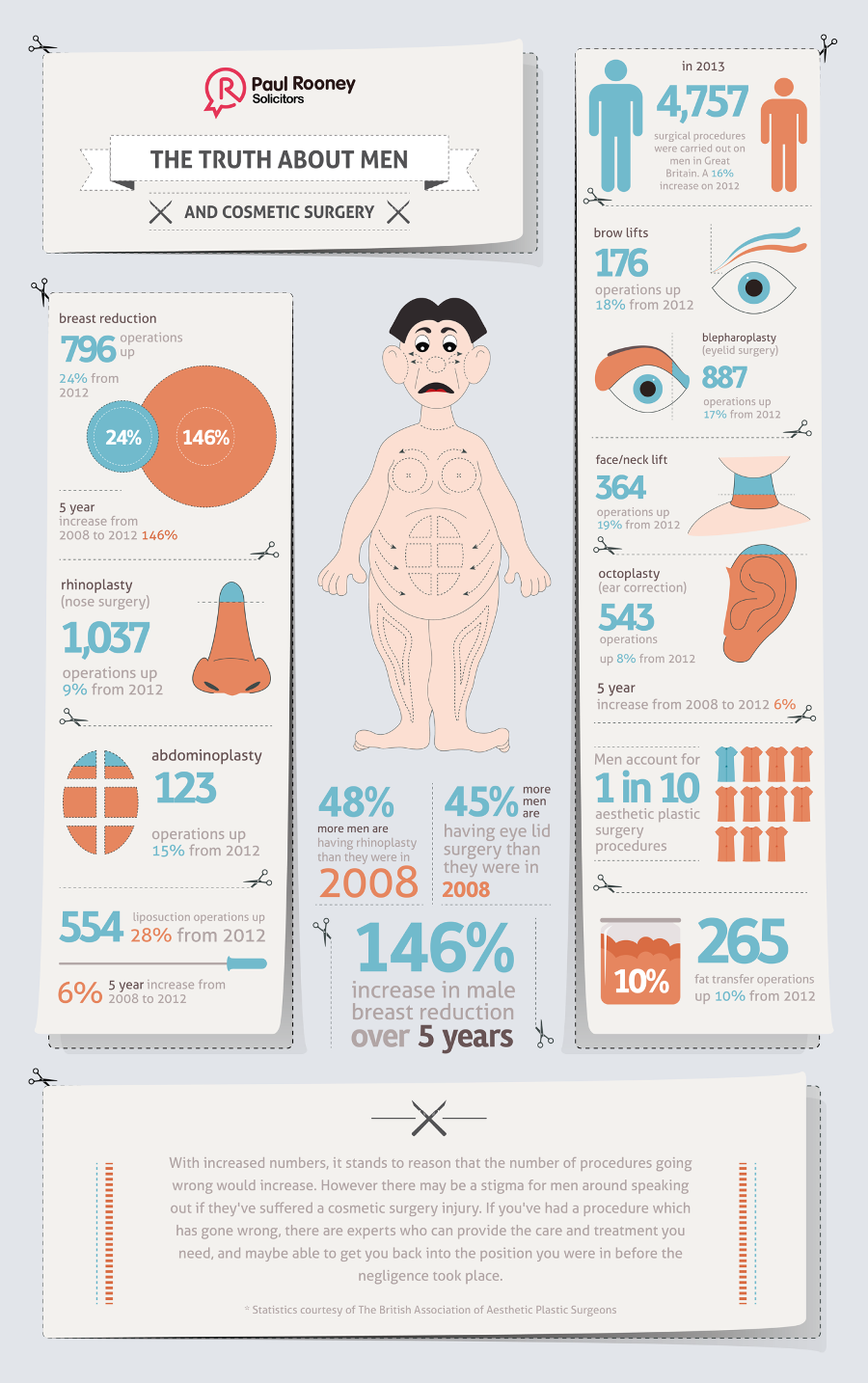Traveling Tips For Acne Prone Skin
Traveling Tips For Acne Prone Skin
Blog Article
Hormone Acne - What is Hormonal Acne?
Hormone acne is identified by clogged up pores and oily skin that normally shows up on the chin and jawline. It occurs when hormonal adjustments activate inflammation and bacterial overgrowth within hair roots.
Outbreaks might look like whiteheads, blackheads, papules or pustules and cysts or blemishes in more severe cases. It is much more typical in teenagers undergoing the age of puberty yet can influence grownups of any kind of age.
What Creates Hormone Acne?
While acne can be brought on by a selection of factors, including using hair and skin care products that aren't oil-free or made with components that might block pores, genetic tendency, diet plan,2 and anxiety, the origin is rising and fall hormonal agents. Hormone acne happens when the body experiences hormone adjustments and variations that bring about an overflow of sebum, which creates swelling, boosted development of germs and modifications in skin cell activity.
Hormonal acne is typically discovered on the reduced jawline, cheeks and neck however can appear anywhere on the body. It is defined by acnes that are cystic, uncomfortable and full of pus or other material. It is also more likely to occur in females than males, specifically throughout adolescence, the menstrual cycle, pregnancy or menopause.
Age
While many kids experience acne at some point throughout the age of puberty, it can remain to afflict adults well into the adult years. Called hormone acne, this type of breakout is tied to fluctuations in hormonal agents and is commonly most usual in females.
Hormone acne happens when oil glands create too much sebum, which clogs pores and catches dead skin cells. This brings about the development of acnes, such as whiteheads, blackheads and papules, pustules, cysts or nodules, deep under the surface area.
This sort of acne typically triggers pain, soreness and swelling. It might likewise be cyclical and show up around the very same time monthly, such as right before your period begins. This is since levels of female hormonal agents like progesterone and oestrogen change with each menstrual cycle.
Menstrual Cycle
Hormone acne normally appears in the lower part of your face, along the jawline and cheeks, as whiteheads, blackheads or inflammatory acnes (acnes and cysts). It's most likely to show up around the moment when your menstrual cycle changes.
Specifically around ovulation, when estrogen and progesterone levels are on the surge, hormone fluctuations can trigger breakouts. Yet it's likewise possible to obtain acne at any type of point throughout your 28-day menstrual cycle.
If you notice that your here hormone acne flares up right before your duration, try seeing when precisely this happens and see if it connects to the phases of your 28-day menstrual cycle. This will certainly help you determine the source of your skin troubles. As an example, you might want to work with balancing your blood sugar level and eliminating high-sugar foods, or consider a prescription drug like spironolactone that can control your hormones.
Maternity
Growing a child is a time of dramatic hormone modifications. For many ladies, this includes a flare-up of hormone acne. This type of outbreak generally starts in the very first trimester, around week six. It's triggered by hormone rises that stimulate sweat glands to make more oil, which can obstruct pores and cause even more germs to accumulate.
Breakouts might likewise take place as a result of pre-existing conditions like polycystic ovary disorder, which can also be a concern during pregnancy and menopause. Additionally, some types of contraceptive pill (such as Ortho Tri-Cyclen and YAZ) can set off hormone acne in some women.
Luckily, most acne therapies are "no-go" for pregnant ladies (including prominent acne-fighting ingredients such as isotretinoin and spironolactone). However if you can not prevent those annoying bumps, your physician might recommend dental erythromycin or cephalexin, which are safe while pregnant.
Menopause
As women come close to menopause, the estrogen levels that triggered their hormonal agent acne to flare up throughout puberty start to stabilize and reduce. At the same time, however, a spike in androgens (likewise called male hormones) takes place because these hormones can not be converted into estrogen as successfully as before.
The extra of androgens can cause oil production by the sebaceous glands, which obstructs pores. When the blocked pores come to be inflamed and inflamed, an acne forms.
Hormonal acne is normally seen on the face, particularly around the chin and jawline, however it can take place on the neck, back, shoulders, or chest. This kind of acne has a tendency to flare in a cyclical pattern, comparable to the menstruation. Stress, which boosts cortisol and tosses hormones out of balance, likewise adds to the breakouts.